The distant villages of the majestic Himalayas contain many unknown treasures, and every village offers a unique insight into mountain culture and traditions. Whether one is an old trekker or a first-timer, these remote communities demand careful planning and cultural sensibility.
This guide will outline the challenges and rewards of visiting remote Himalayan settlements while considering the locals’ customs and delivering a meaningful experience for visitors and villagers.
Acclimatization Essentials

Proper acclimatization is crucial when visiting villages located above 8,000 feet in elevation. Take at least 2-3 days to adjust to the altitude before attempting any significant climbs.
Your body needs time to produce extra red blood cells and adapt to the thinner air, making gradual ascent essential for preventing altitude sickness. Consider scheduling rest days every 3,000 feet of elevation gain to maximize your body’s adaptation process.
Cultural Respect

Learning basic greetings and customs of the local culture demonstrates respect and opens doors to meaningful interactions. Remove shoes before entering homes or temples, ask permission before taking photographs, and dress modestly with shoulders and knees covered.
Understanding and following these practices helps preserve the authenticity of village life and fosters genuine connections with residents. Many villages have unique customs and taboos that may differ from neighboring communities, so remain observant and adaptable.
Like Travel Pug’s content? Follow us on MSN.
Seasonal Planning
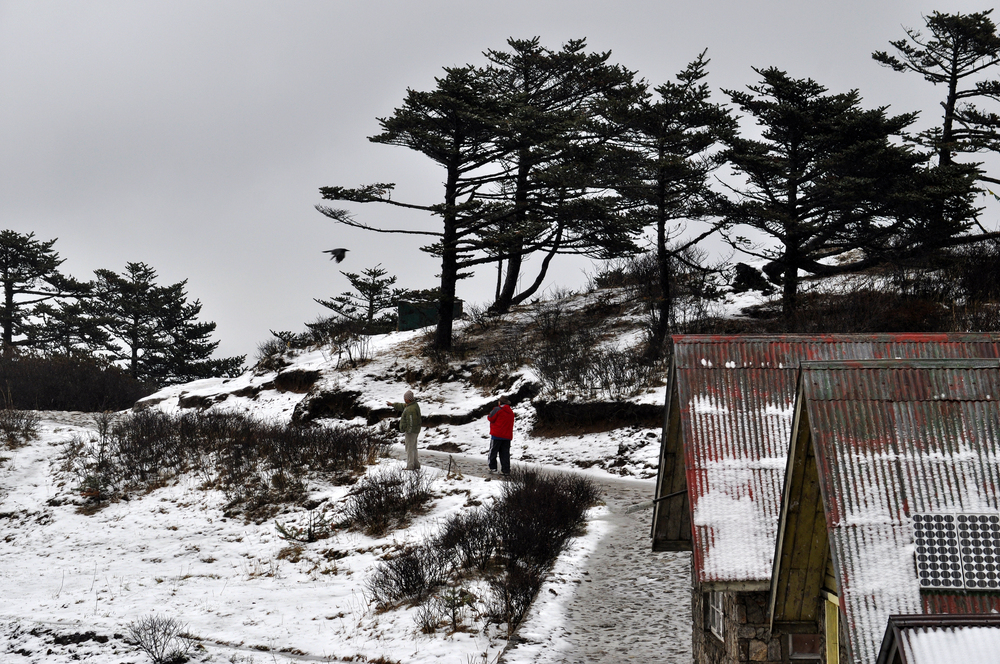
Timing your visit during the spring (March-May) or autumn (September-November) ensures the most stable weather conditions and clearest mountain views. Winter brings heavy snowfall that can isolate villages for weeks, while summer monsoons create treacherous conditions and limited visibility.
Research local festivals that might coincide with your visit for an enhanced cultural experience
Local Guide Benefits
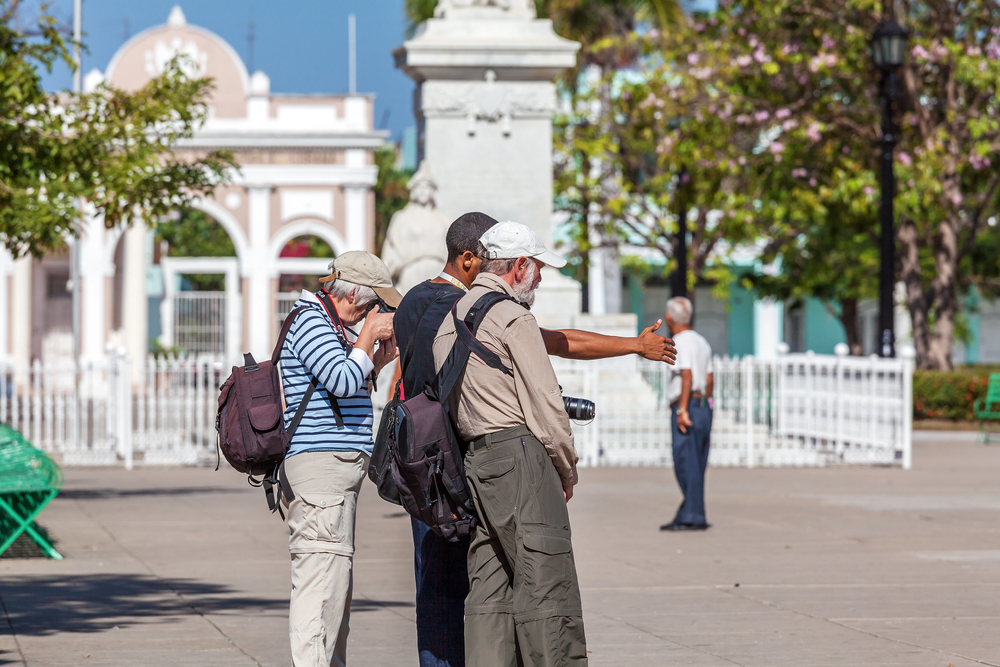
Hiring a local guide provides invaluable insights into village customs and helps navigate language barriers. Your guide can facilitate meaningful interactions with villagers, explain cultural nuances, and ensure you don’t inadvertently offend.
They know the safest routes and can help arrange homestays with trusted families.
Pack Mindfully

Essential gear includes a quality sleeping bag rated for temperatures below 32°F, water purification methods, and warm, moisture-wicking clothing layers. Pack lightweight but nutritious food supplements, as village supplies may be limited.
Remember that everything you bring must be carried for miles at high altitudes.
Like Travel Pug’s content? Follow us on MSN.
Health Preparations

Visit your doctor at least six weeks before departure to get necessary vaccinations and medications. Pack a comprehensive first aid kit, including altitude sickness medication, as medical facilities in remote areas are extremely limited.
Consider purchasing evacuation insurance for emergencies. Understanding basic wilderness first aid and recognizing symptoms of common altitude-related illnesses could prove invaluable during your journey.
Sustainable Practices

Carry out all non-biodegradable waste and use biodegradable soap for washing. Support the local economy by purchasing supplies from village shops when possible. Consider bringing solar-powered devices instead of relying on limited village electricity.
Understanding and practicing ‘Leave No Trace’ principles helps preserve these pristine environments for future generations and demonstrates respect for local communities.
Communication Plans

Cell coverage is non-existent in many areas; satellite phones or emergency beacons are essential. Inform family and friends of your itinerary and expected check-in dates.
Register with your embassy if you are traveling in sensitive border regions.
Like Travel Pug’s content? Follow us on MSN.
Homestay Etiquette

When staying with local families, observe and mirror their daily routines and eating habits. Bring small, thoughtful gifts like school supplies or dried fruits.
Help with household chores and always ask before using or photographing personal items.
Water Management

Carry at least two 32-ounce water bottles and reliable purification methods. Mountain streams may look pristine but can harbor harmful bacteria.
Learn to recognize safe water sources and never drink untreated water, even from clean springs.
Physical Conditioning

Begin a training program at least three months before your trip, concentrating on cardiovascular endurance and leg strength. Practice hiking with a weighted pack on varied terrain.
Yoga or stretching daily helps prepare the body for sitting cross-legged during meals and ceremonies.
Like Travel Pug’s content? Follow us on MSN.
Food Considerations

Villagers traditionally eat basic staple foods like rice, lentils, and vegetables. Pack energizing snacks and electrolyte drinks to stay energetic while trekking for many hours.
Prepare to eat with your right hand when utensils are not part of your region’s customs
Traditional Medicine
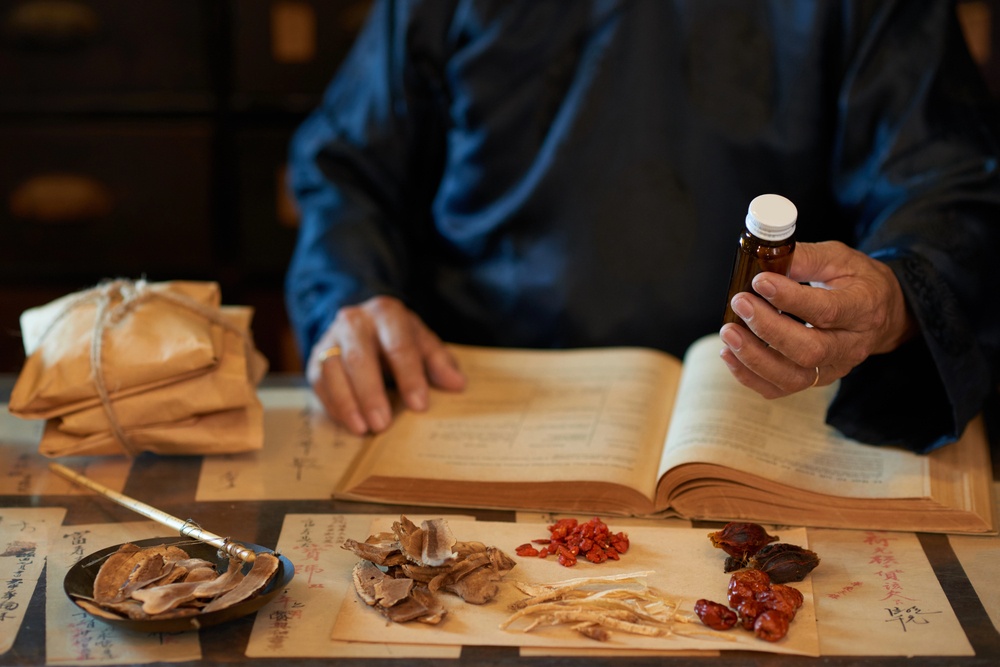
While Westerners have a good reason to carry modern medical supplies, studying ancient healing practices demonstrates respect for local knowledge. Local herbs and techniques have been used for centuries in villages to treat altitude sickness.
Language Basics

Learn at least 10-15 words of the local language. Focus on greetings, thank yous, basic numbers, and asking for directions.
A small phrasebook reflects respect for local culture and facilitates basic communication.
Like Travel Pug’s content? Follow us on MSN.
Wildlife Encounters
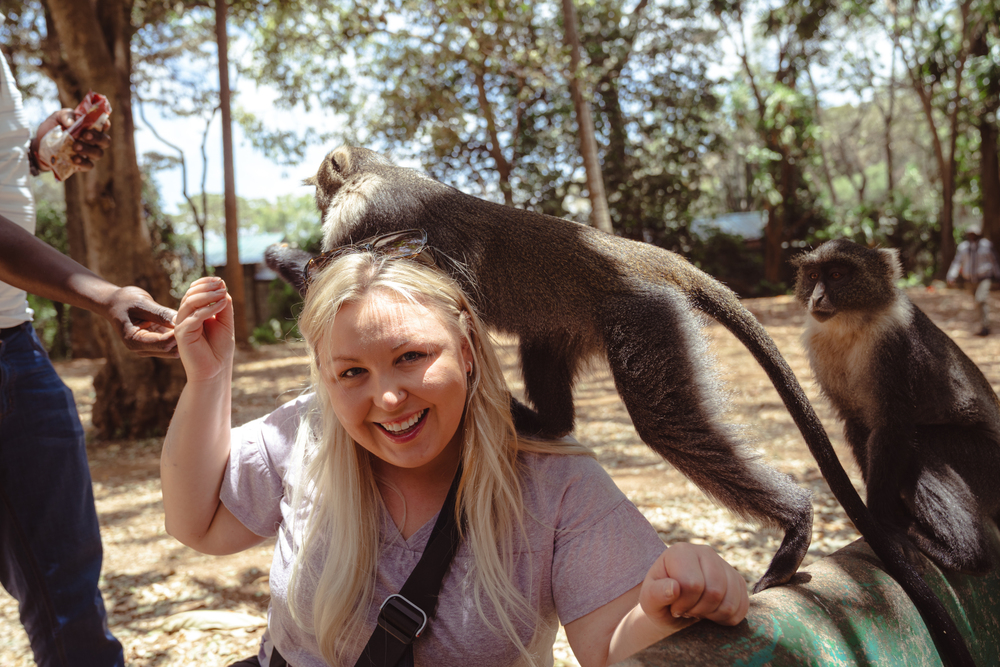
Research local wildlife and proper reaction protocols for encounters. Avoid traveling alone in areas known for predators.
Respect local taboos about certain animals that may hold cultural or religious significance.
Transportation Realities

Accept that reaching remote villages often requires multiple modes of transport and considerable walking. Allow extra days in your schedule for weather delays or festival closures.
Distance in the mountains is measured in walking hours rather than miles.
Photography Protocol

Always ask permission before photographing people or religious sites. Some villages have specific rules about photography during ceremonies.
When possible, offer to share digital copies of photos with subjects.
Like Travel Pug’s content? Follow us on MSN.
Economic Sensitivity

Understand local economic conditions and avoid displaying expensive gear unnecessarily. Carry small bills for purchases and learn appropriate prices to avoid overpaying or undermining local economies.
Consider contributing to community projects rather than giving individual handouts.
Spiritual Respect

Many villages have sacred sites and religious practices that may not be immediately apparent. Follow local guidance about appropriate behavior near temples, prayer flags, and other spiritual locations. Some ceremonies may be off-limits to visitors.
Embracing Simplicity and Adventure
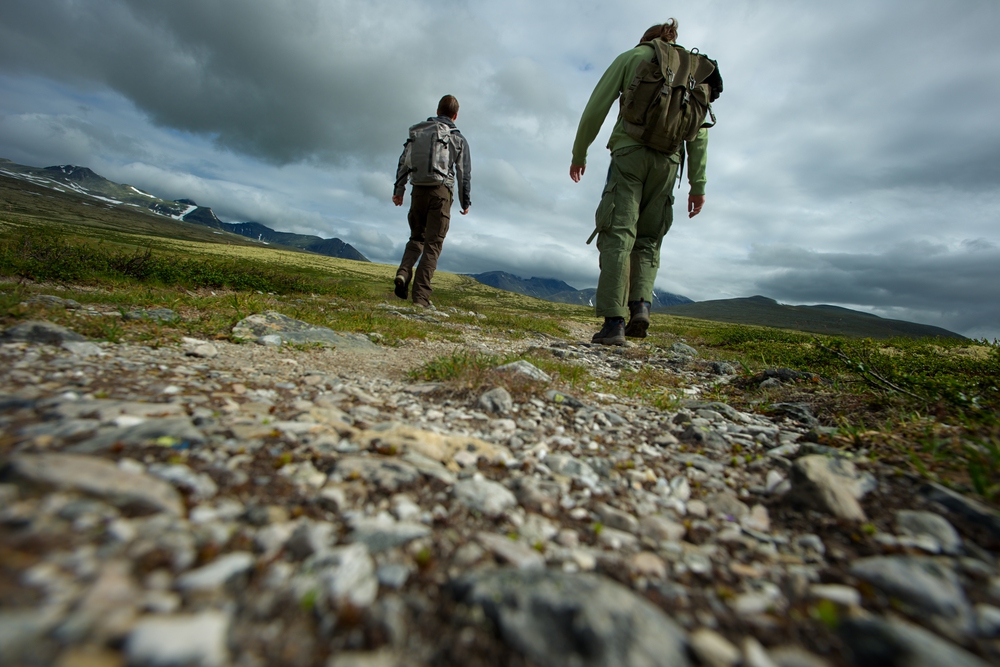
Remote Himalayan villages operate on their timelines and traditions that may challenge Western expectations. Practice patience and flexibility, remembering that unexpected delays and adaptations often lead to the most memorable experiences.
Like Travel Pug’s content? Follow us on MSN.
Your Journey in the Himalayas Awaits
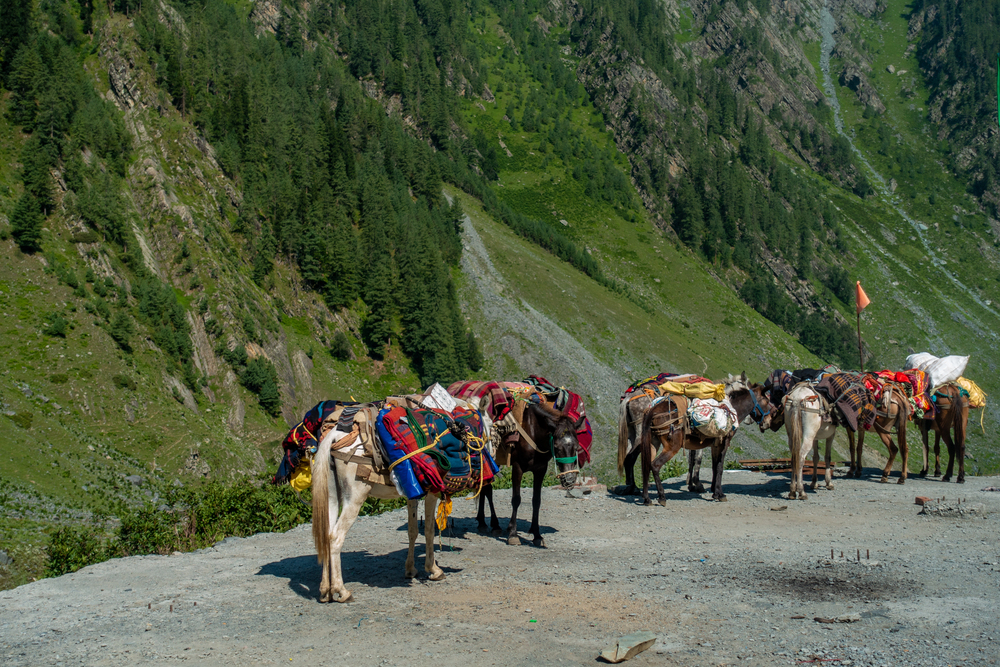
Visiting remote Himalayan villages offers transformative experiences that can reshape one’s understanding of community, simplicity, and human resilience. By approaching these communities with respect, preparation, and an openness to learning, one will discover the extraordinary wisdom and warmth of these mountain havens.
Remember that every respectful visitor helps preserve these unique cultures for future generations to experience and appreciate.
More from Travel Pug

- 15 Dangerous European Cities to Avoid
- 15 Caribbean Islands Where Tourists Keep Getting Scammed
- The 20 Most Fascinating Abandoned Places: A Journey Through Time and Forgotten Spaces
- 15 Hidden Places in the Smithsonian Museums Locals Love: A Guide to Lesser-Known Treasures
- 16 Hidden Florida Beach Towns That Aren’t Overrun with Tourists
Like Travel Pug’s content? Follow us on MSN.
